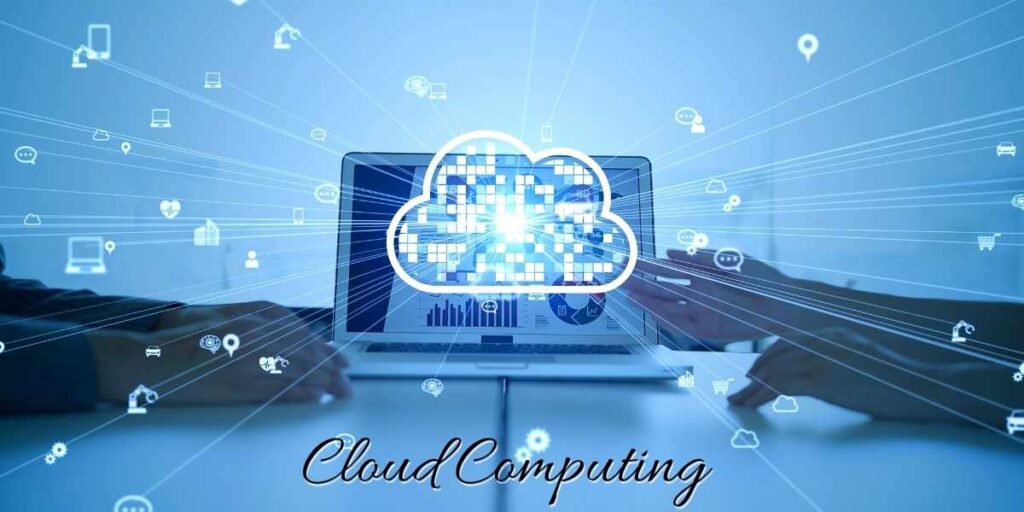Different services are delivered via the Internet through cloud computing. These programs and tools include, among other things, networking, servers, databases, software, and data storage.
These resources can be quickly deployed and released with little administrative work or service provider interaction. Based on the cloud symbol found in network diagrams, the term “cloud” is frequently used to refer to the Internet. A broad word used to describe a number of services that let you use technology without worrying about the supporting infrastructure are “cloud computing.”
Best Features of Cloud Computing
- Any company can connect directly to the Internet without utilizing an ISP.
- Online applications are accessible at all times and from anywhere in the world. They can use their computer, tablet, or smartphone to access them.
- Existing electrical connections can be used to link a device to the Internet.
- Any firm that wishes to use the advantages of cloud-based services must have the necessary cloud computing infrastructure.
Explanation: Users can access apps, backup and save files, and carry out tasks using cloud computing without the need for extra servers or software. Customers using subscription-based or pay-per-use services in the cloud just require a web browser to access resources in real-time.
Characteristics of Cloud Computing
Cloud computing essentially has five key qualities:
- On-Demand Self-Service: Users of cloud computing services have the ability to provision, monitor, and manage computing resources as necessary without the assistance of human administrators.
- Broad network access: Computing services are typically offered over established networks and a variety of hardware.
- Rapid Elasticity: The IT resources for the computing services should be able to scale up and down quickly as needed. When a user requests a service, it is delivered to him, and after that service’s demand is met, it is scaled out.
- Resource Pooling: It is the unstructured sharing of a variety of applications and users’ access to the IT resources, such as networks, servers, storage, applications, and services, that are at their disposal. From the same physical resource, services are given to numerous clients.
- Measured Service: Each application and occupant’s resource usage is monitored, giving both the user and the resource supplier a record of what has been consumed. This is done for a number of purposes, including effective resource management and billing oversight.
Why is Business Switching to Cloud Computing?
Because cloud computing is affordable, businesses are embracing it. Servers, hardware, networking gear, etc. don’t require businesses to invest time or money in them. The subscription to the service only needs to be purchased by the businesses. This is an economical technique to carry out the responsibilities.
The fact that the data is encrypted is one of cloud computing’s main advantages. Data leakage is not a possibility. For businesses, data security is of the utmost importance. The information can be made available to their staff, business associates, clients, and others.
Faq’s
Joseph Carl Robnett Licklider.
No
On-demand self-service, extensive network connectivity, and very elastic and scalable are some of the features and advantages of cloud computing.
Serverless computing.
You have the option to store your files in the cloud and access, store, and retrieve them from any web-enabled interface.
